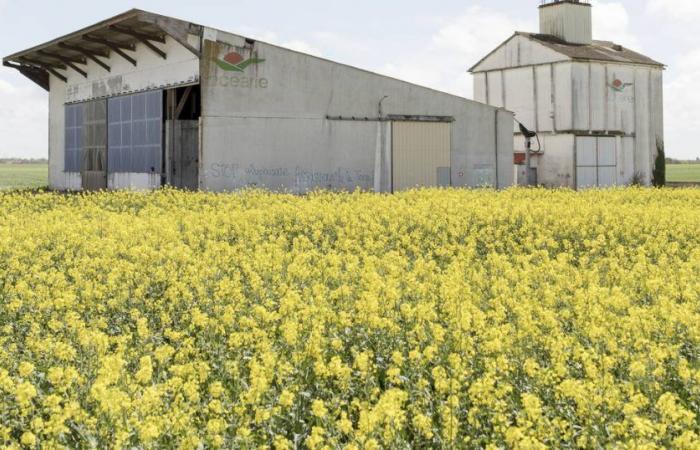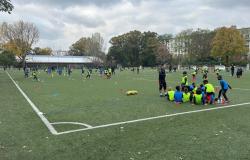
Traces of pesticides, some of which are banned, were found in the hair and urine of dozens of children living near the Aunis plain, an agricultural area of Charente-Maritime, according to analyzes unveiled this Saturday, October 12 by Santé Avenir Environment, an association fighting against pediatric cancers.
An alarming observation. Traces of pesticides, some of which are banned, were found in the hair and urine of dozens of children living near the Aunis plain, an agricultural area located around La Rochelle, according to analyzes revealed this Saturday, October 12 by a association for the fight against pediatric cancers. On the occasion of the La Rochelle Appeal, march organized to demand a “synthetic pesticide exit plan”the Santé Avenir Environnement association, created in 2018 after the death of a teenager, published data collected on 72 children aged 3 to 17 living in six municipalities in the Aunis plain.
“We wanted a photograph of the impregnation of children with multiple substances”explained Laurence Huc, scientific director at the National Research Institute for Agriculture, Food and the Environment (Inrae) and the National Institute of Health and Medical Research (Inserm), who conducted the analysis. Fourteen different molecules were detected in the urine, with an average of 1.8 per child – up to six for one of them.
The most frequently found products are pentachlorophenol (PCP), an insecticide present in the body of nearly one in two children, and two fungicides: propamocarb, found in 25 children (34.7% of the panel) and phenyl-2-phenol, detected in the body of 19 children (26.4%). In the hair, 45 substances were found, 4.4 per child on average. The most affected was ten. The most present molecule is an insecticide, DEET (86.1% of the panel). Followed by piperonyl butoxide, an adjuvant (77.8%) and a fungicide, azoxystrobin (33.3%).
Substances “that we should not have in the body”
Neonicotinoids, which have consequences on neurological development, appear at high levels in 11 children, “even though they have been banned since 2013 and 2018”recalls the scientist. “The closer they live to the fields, the higher the rates”she emphasizes.
Atrazine, a herbicide banned since 2004, a possible endocrine disruptor and neurotoxicant, and dieldrin, an insecticide banned since the 1970s and very persistent in the environment, were also found, along with other carcinogenic, mutagenic or reprotoxic products. such as pendimethalin or phthalimide. So many substances “that one should not have in the body”insists Laurence Huc.
In the Aunis plain, 15 cases of pediatric cancer have been recorded since 2008, leading to two deaths, according to Santé Avenir Environnement. “We want an investigation by the public authorities. We did this citizen research project because the Regional Health Agency (ARS) and Public Health France are doing nothing”accuses the founder of the association, Franck Rinchet-Girollet, whose seven-year-old son is in remission.





